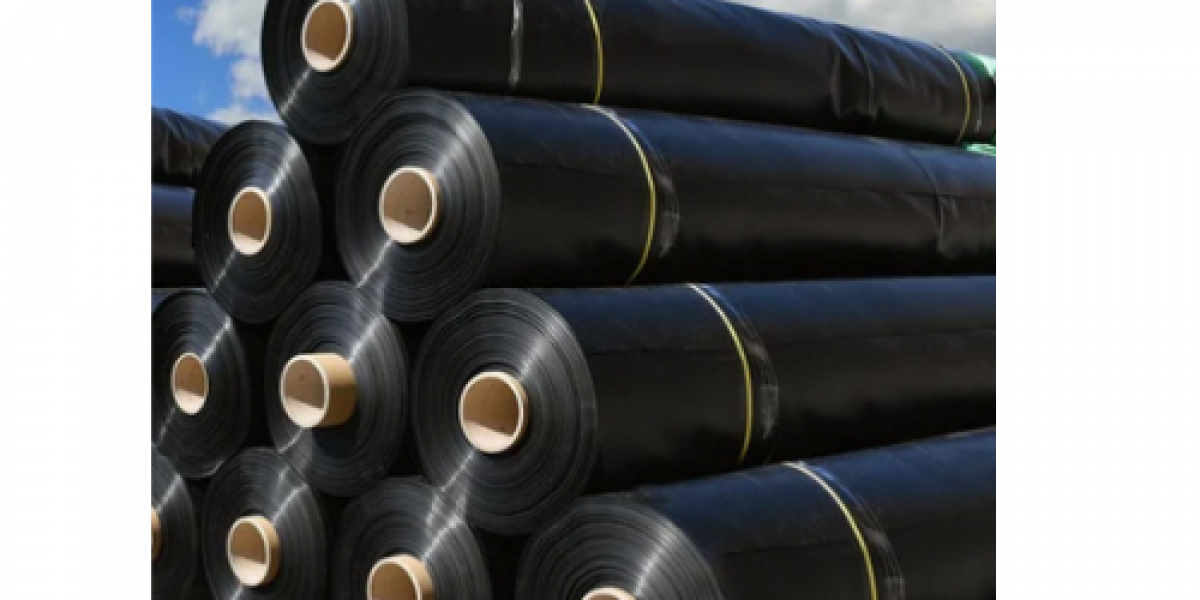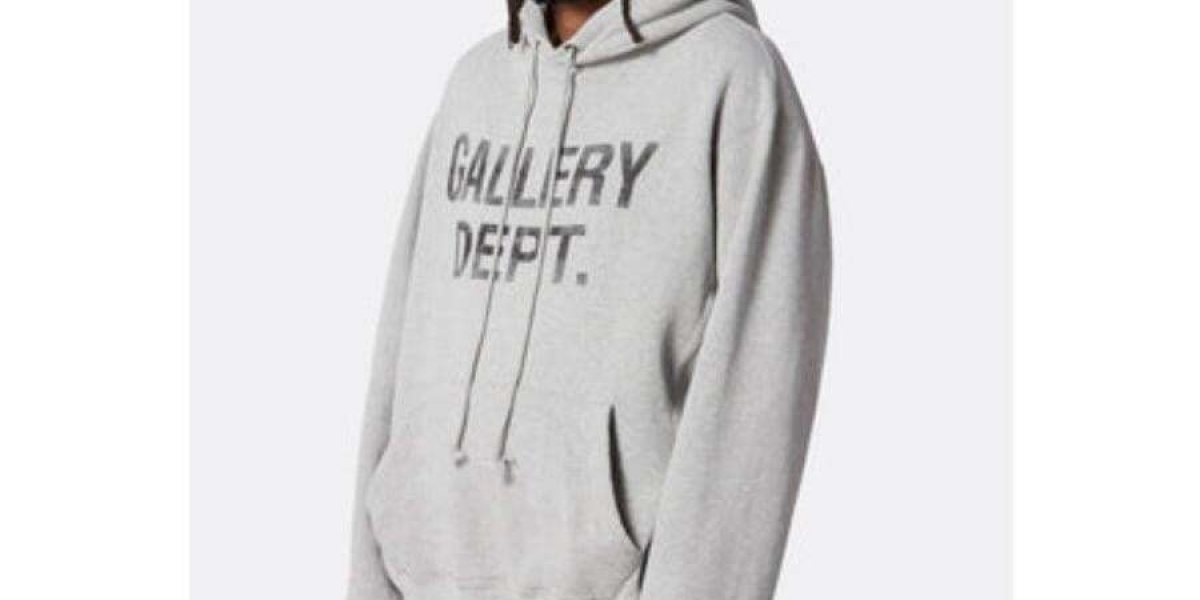Water features, ponds, and reservoirs have grown increasingly popular in landscaping, agriculture, and aquaculture, thanks to their ability to add beauty, support ecosystems, and provide water storage. However, creating a lasting and functional water body requires a reliable containment solution to prevent leaks and maintain water quality. HDPE pond liners have emerged as the preferred choice for pond lining due to their durability, flexibility, and environmental benefits. This article explores the advantages of HDPE pond liners, factors to consider when purchasing them, and the role of reputable pond liner manufacturers in delivering high-quality products.
The Importance of Using Pond Liners
A pond liner is essential in constructing and maintaining ponds or other water features, as it provides a watertight barrier that prevents water loss due to seepage. Pond liners create a sturdy foundation for maintaining a stable water level, reducing the need for frequent refilling and ensuring a consistent water supply. Beyond just conserving water, pond liners help protect the surrounding soil from erosion and prevent contaminants from entering the pond, which is crucial in applications like aquaculture and irrigation.
Traditional pond construction methods, such as compacted soil or clay linings, often suffer from leakage over time. In contrast, modern pond liners are made from durable materials like HDPE, which can withstand harsh weather conditions, UV radiation, and heavy pressure from water. By choosing a high-quality pond liner, property owners, farmers, and aquaculturists can reduce long-term maintenance costs and enhance the longevity of their water features. An HDPE pond liner is particularly valuable in situations where a strong, flexible liner is needed to maintain the pond's structural integrity.
Why HDPE Pond Liners Are the Preferred Choice
High-Density Polyethylene (HDPE) is a thermoplastic polymer that is widely used for its strength, flexibility, and environmental resistance. HDPE pond liner are recognized for their ability to provide superior durability compared to other liner materials, such as PVC or EPDM. HDPE is resistant to UV radiation, which prevents it from breaking down when exposed to sunlight. This feature is essential for outdoor ponds that are continuously exposed to the elements, as UV exposure can cause many materials to crack or degrade over time.
HDPE pond liners are also resistant to a wide range of chemicals, making them suitable for agricultural and industrial ponds where the water may contain fertilizers, pesticides, or other substances. HDPE's chemical resistance means that it does not leach harmful substances into the water, making it a safe choice for ponds used in fish farming or irrigation. Furthermore, HDPE pond liners are puncture-resistant, ensuring that they can withstand sharp rocks, debris, and other potential sources of damage without tearing.
HDPE Pond Liner for Sale: What to Consider Before Buying
When searching for HDPE pond liner for sale there are several factors to consider to ensure you purchase the right product for your needs. First, the liner’s thickness is a crucial aspect, as thicker liners tend to be more durable and puncture-resistant. Typically, HDPE pond liners are available in thicknesses ranging from 0.5 mm to 2 mm, with thicker liners offering enhanced durability for larger ponds or ponds that will house fish or other wildlife.
Another important consideration is the liner’s size. It’s essential to accurately measure the dimensions of your pond before purchasing a liner to avoid the risk of buying one that is either too small or unnecessarily large. Some HDPE pond liner suppliers offer custom sizing, which can be beneficial for complex or uniquely shaped ponds. Additionally, check whether the HDPE pond liner has UV and chemical stabilization properties, as these will improve its performance in outdoor environments and extend its lifespan.
The installation process is another factor to keep in mind. HDPE liners require heat-welding for seam bonding, which ensures a watertight seal. While this process makes HDPE liners highly effective, it also requires professional installation. Working with a reputable installer or pond liner manufacturer that provides installation services can help guarantee that the liner is properly set up and will last for years.
Choosing a Reliable Pond Liner Manufacturer
Selecting a reliable Pond liner manufacturer is essential to ensuring that you receive a high-quality HDPE liner that meets your specific requirements. Reputable manufacturers use high-grade raw materials, advanced production processes, and rigorous quality control to produce durable and dependable liners. A reliable pond liner manufacturer will also offer technical support, helping customers select the appropriate liner thickness, size, and customization options based on their intended use.
Working with a trusted manufacturer is particularly valuable when constructing large or complex ponds, as these projects often require custom solutions. Many pond liner manufacturers offer warranties on their products, giving customers peace of mind that they are investing in a long-lasting, high-performance liner. Additionally, reputable manufacturers will provide guidance on installation and maintenance to help ensure the liner remains in optimal condition over time.
Some pond liner manufacturers even offer eco-friendly HDPE liners made from recycled materials. These sustainable options allow customers to reduce their environmental impact without compromising on durability or functionality. As environmental regulations and awareness grow, choosing a manufacturer that prioritizes sustainability can align with eco-friendly project goals.
Applications of HDPE Pond Liners in Different Industries
HDPE pond liners are versatile products used in a variety of industries, each with distinct requirements. In aquaculture, HDPE liners are commonly used for fish ponds, shrimp farms, and other aquatic habitats. The durability and non-toxic nature of HDPE ensure that it does not leach harmful substances into the water, providing a safe environment for aquatic life. Additionally, HDPE's smooth surface prevents algae and bacteria buildup, reducing the need for chemical treatments and making pond maintenance more manageable.
In agriculture, HDPE pond liners play a crucial role in irrigation ponds, manure containment areas, and rainwater harvesting systems. By providing a reliable barrier, these liners prevent valuable water from seeping into the ground and help farmers maintain an adequate water supply during dry seasons. HDPE pond liners are also resistant to chemicals, allowing them to withstand the fertilizers and pesticides often used in agricultural operations without degrading.
For decorative and landscaping purposes, HDPE pond liners are used to create water features, koi ponds, and ornamental ponds in gardens, parks, and resorts. Their flexibility and availability in custom sizes make them ideal for creating unique pond shapes and designs. The UV-resistant properties of HDPE liners also ensure that they maintain their appearance and performance over time, even in outdoor environments with direct sunlight.
In the industrial sector, HDPE pond liners are used for containment ponds, wastewater treatment facilities, and mining operations where chemical resistance is essential. These liners provide an impermeable barrier that helps prevent contamination of the surrounding environment, making them crucial in applications that involve hazardous materials.
Benefits of HDPE Pond Liners
HDPE pond liners offer numerous benefits that make them a preferred choice across multiple industries. These liners are highly durable and can last for decades when properly installed and maintained. Their resistance to UV radiation and chemicals ensures that they remain intact and functional, even in harsh conditions. HDPE pond liners also offer a high degree of flexibility, allowing them to conform to various pond shapes and sizes.
Another significant advantage is HDPE’s eco-friendly nature. Since HDPE is recyclable, it aligns with sustainable practices, making it an environmentally responsible choice for projects that aim to reduce waste. Furthermore, the smooth surface of HDPE liners minimizes algae and bacterial growth, simplifying maintenance and reducing the need for chemical treatments. With the rising demand for sustainable and low-maintenance solutions, HDPE pond liners have proven to be an invaluable investment in long-term pond projects.
Conclusion
HDPE pond liners are essential tools for constructing and maintaining water bodies across diverse industries, from agriculture to aquaculture and landscaping. Their durability, chemical resistance, and eco-friendly properties make them a reliable choice for various applications. By working with a reputable pond liner manufacturer, customers can ensure they receive high-quality products that meet their specific requirements. Whether you’re looking to build a fish pond, an irrigation reservoir, or a decorative water feature, HDPE pond liners offer a sustainable, long-lasting solution that protects the environment and enhances water conservation.
Frequently Asked Questions
1. What thickness of HDPE pond liner should I choose?
The thickness depends on the pond's size and purpose. Larger ponds or those housing fish typically require thicker liners (1 mm or more) for enhanced durability and puncture resistance.
2. How long do HDPE pond liners last?
With proper installation and maintenance, HDPE pond liners can last 20 years or more, especially if they are UV-stabilized and installed by a professional.
3. Are HDPE pond liners safe for fish and other aquatic life?
Yes, HDPE pond liners are safe for aquatic life as they are non-toxic and do not leach harmful substances into the water, making them suitable for fish ponds and other aquaculture uses.









